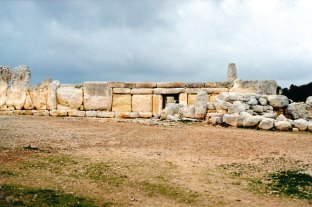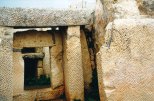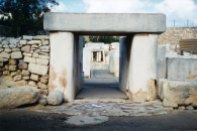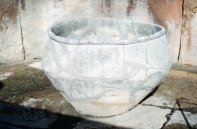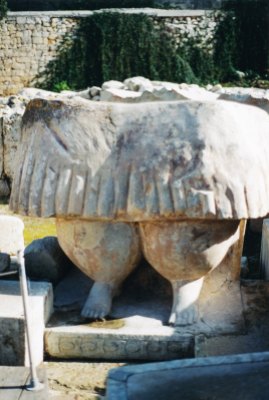There is a bit of a story behind this trip to Brittany…
It is possible to catch an overnight ferry from Plymouth (Devon, UK) to Roscoff (France). You arrive in France at about 5am and then you get to spend the day exploring the local environment before catching the ferry back to Plymouth at around 7pm that night.
For my hubby and I this was always a bit of an adventure and a chance to stock up on wine and cheese. Regardless to say this was in the time before children.
Well it just so happens that on one trip I convinced my hapless other half to drive just a ‘wee’ way down to Brittany to see the stones at Carnac. Anyway, the drive was longer than expected and I wish we had more time, it was quite literally a flying visit, as there was a very real possibility of us missing the ferry back to the UK.
The sites I visited were the stone alignments at Kerzerho and Le Menec as well as the Giants of Kerzerho.
Le Menec
Probably the most popular of all the stone alignments in this part of France, it is certainly the one everyone thinks of when talking of Carnac. The alignment consists of 12 lines of some 1100 stones. The orientation begins southwest – northeast and then about halfway makes a minor adjustment to its direction and ends in the east. The stones have an average height of one metre although the tallest stones are found at the western end standing at three metres and the shortest stones are at the eastern end measuring 1.5 metres.
The remains of a stone enclosure can be seen at the western end amongst some farm buildings. There was once a similar enclosure at its western end.
Kerzerho Alignments
These have a similar layout to Le Menec and cover almost two kilometres. Today there are several hundred stones but it is believed the original number at least 1100. The alignment runs east to west and is intersected by a road and a village.
Kerzerho Giants
Two huge standing stones sit nestled in forest, they are six metres high and weigh approximately 40 tonnes between them. They are aligned north to south and are thus perpendicular to the Kerzerho alignment.
The following are the few photos I managed to take.
Useful websites include:
Megalithic Portal – Guide to Brittany















